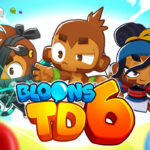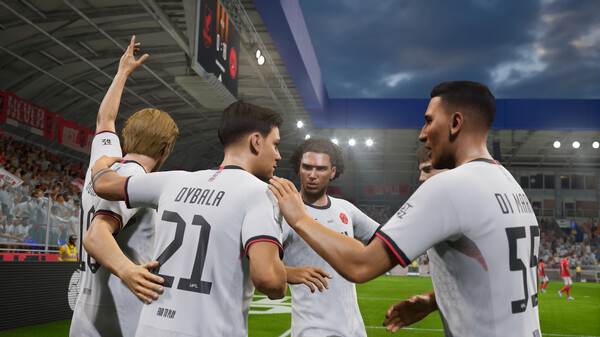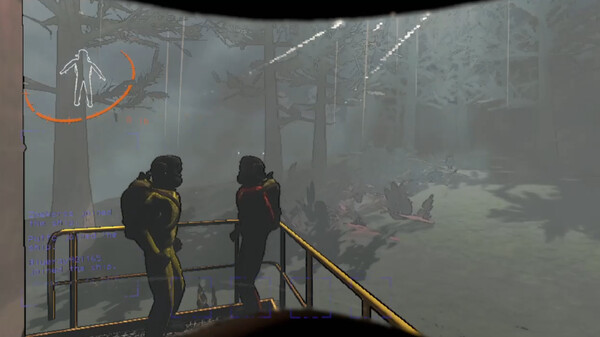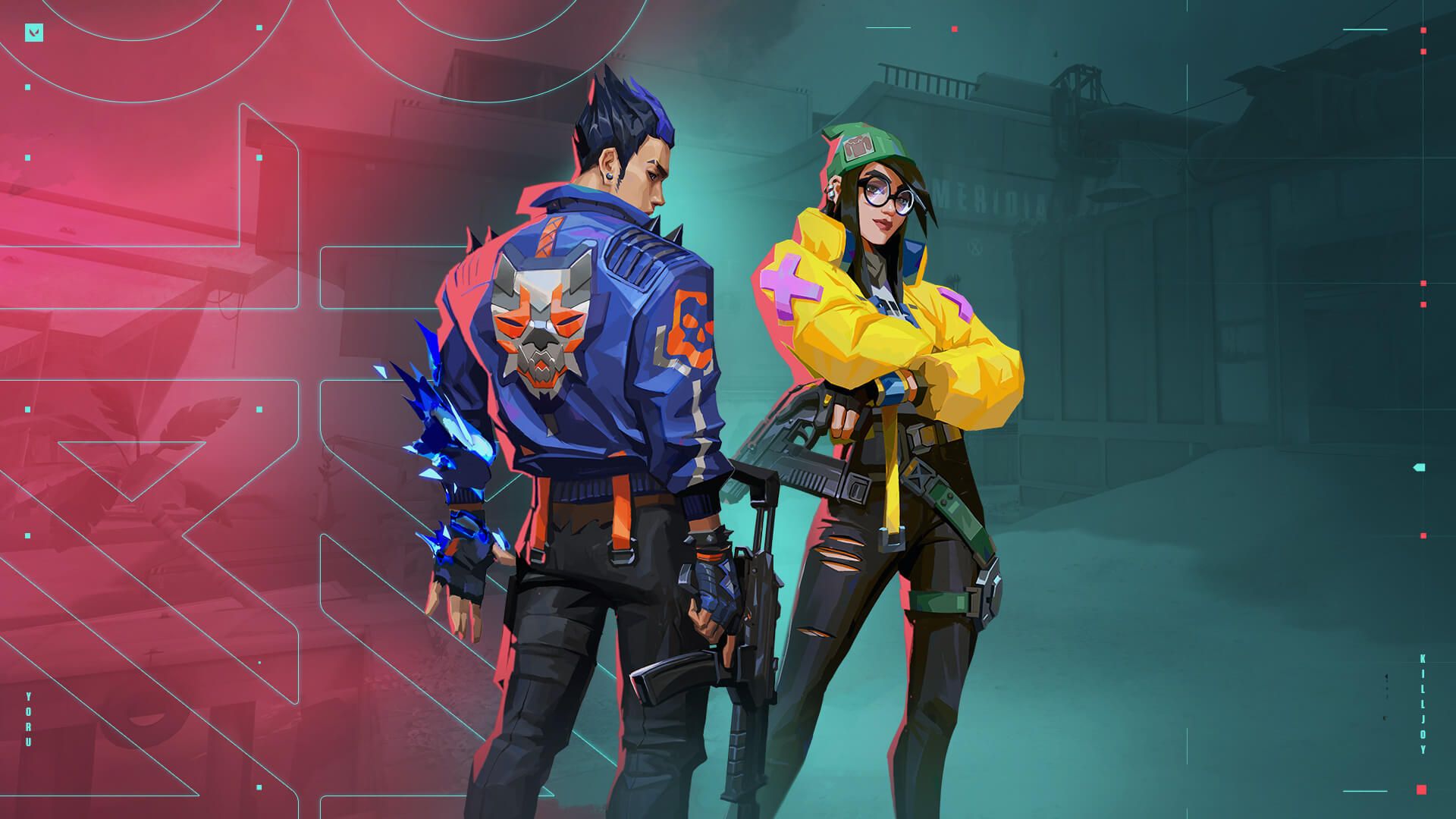Roblox: Brainrot – An In-Depth Review
Roblox has long been a platform where creativity, community, and chaos blend into one of the most unique gaming ecosystems in the world. Among the countless titles that emerge from its player-driven development environment, few manage to create as much conversation as
Roblox: Brainrot. This game has become a cultural talking point, not simply because of its gameplay but because of its ability to capture the zeitgeist of modern internet culture. In this review, we will take a deep dive into Roblox: Brainrot, exploring its mechanics, design, aesthetics, community reception, and the strange magnetic pull that makes it such a fascinating case study within the Roblox universe.
The Concept Behind Roblox: Brainrot
At its core, Roblox: Brainrot is not a traditional game with a clear narrative, progression system, or end goals. Instead, it thrives on
chaotic interaction, meme-inspired visuals, and absurdist humor. The name “Brainrot” itself signals its intent: to overwhelm the senses with randomness and ridiculousness in a way that reflects online trends, viral content, and meme culture.
The developers designed it as a playground of nonsensical experiences. Rather than offering structured challenges or story arcs, the game immerses players in an unpredictable space where the fun derives from social reactions, comedic timing, and the absurd.
Gameplay Mechanics
Gameplay in Roblox: Brainrot can best be described as
interactive chaos. Instead of carefully balanced combat systems or intricate puzzles, it bombards players with:
- Random events: Sudden sound effects, bizarre character animations, or spontaneous map changes.
- Absurd interactions: Characters might ragdoll in unexpected ways, fly uncontrollably, or distort when performing basic actions.
- Meme integration: Popular internet audio clips, exaggerated facial expressions, and familiar viral references are woven into the mechanics.
The lack of linear structure is intentional. It’s a digital sandbox where unpredictability is the primary mechanic. In this sense, Brainrot embodies the phrase “expect the unexpected.”
Visual Design and Aesthetics
Brainrot’s visuals are as disorienting as its gameplay. The game features:
- Clashing art styles: Bright neon colors mixed with pixelated textures and low-resolution memes.
- Exaggerated animations: Characters often move in unnatural ways, sometimes twisting, spinning, or collapsing in comedic ragdoll physics.
- Meme-centric design: Familiar internet characters, distorted images, and surreal landscapes make up the bulk of the visual identity.
The intentional lack of polish is a statement in itself. Where many Roblox games aim for sleek design or realistic graphics, Brainrot leans into chaos, turning clunky animations and over-saturated visuals into part of the fun.
Sound and Audio Experience
One of the most defining features of Brainrot is its audio design. The game makes heavy use of
viral sounds, distorted effects, and loud, jarring clips that can change without warning. For example:
- A character might suddenly emit a popular meme soundbite.
- Music may shift from silence to an overwhelming bass-heavy track within seconds.
- Random audio interruptions create an unpredictable atmosphere.
This auditory dissonance is not accidental—it amplifies the chaotic humor. Sound in Brainrot is less about immersion and more about disruption, forcing players to react and laugh at the unexpected.
The Role of Meme Culture
Brainrot cannot be understood without acknowledging its deep ties to meme culture. Every element—from visuals to sound to gameplay—is influenced by online humor. Unlike traditional games that use memes as Easter eggs or references, Brainrot builds its entire identity around them.
This makes it
both a parody and a product of internet culture. It mirrors the randomness of TikTok trends, short-form meme compilations, and viral videos, essentially becoming an interactive meme generator.
Social Interaction
Like most Roblox experiences, Brainrot thrives in multiplayer settings. The chaotic randomness becomes exponentially more entertaining when shared with others. Players often react to bizarre moments together, creating a cycle of laughter, confusion, and shared amusement.
Some standout aspects of social interaction include:
- Group reactions: Sudden absurd events create collective hilarity.
- Role-playing chaos: Players embrace the unpredictable world by acting even more absurd themselves.
- Content creation: Streamers and YouTubers flock to Brainrot because the unpredictability guarantees funny moments for audiences.
This community-driven layer is critical to Brainrot’s appeal. While playing alone can still be entertaining, the game truly shines when experienced socially.
Strengths of Roblox: Brainrot
- Pure unpredictability: No two sessions ever feel the same.
- Memetic relevance: The game constantly resonates with internet humor and trends.
- Accessibility: As with most Roblox games, it’s easy to jump in without tutorials.
- High entertainment value in groups: The absurdity compounds when shared with friends.
- Perfect for content creators: Its chaos translates naturally into entertaining clips and streams.
Weaknesses of Roblox: Brainrot
- Lack of depth: Without traditional objectives, long-term engagement may dwindle.
- Sensory overload: Loud sounds, flashing visuals, and chaotic pacing may overwhelm some players.
- Niche appeal: Those not familiar with meme culture may find the game confusing rather than fun.
- Repetitiveness: Over time, the shock factor diminishes as players grow accustomed to the chaos.
Community Reception
Brainrot has quickly developed a cult-like following within the Roblox community. Younger audiences and meme enthusiasts in particular resonate with its humor. On platforms like TikTok, clips from Brainrot spread rapidly, cementing its place as more than just a game—it’s a cultural phenomenon.
That said, not everyone embraces the chaos. Some players find it overwhelming, unstructured, or outright frustrating. This polarization is part of what makes Brainrot so intriguing—it is not designed to appeal universally, but rather to thrive in its niche.
Brainrot as a Reflection of Modern Gaming
One of the most fascinating aspects of Roblox: Brainrot is how it reflects the broader shifts in gaming and digital culture. Today’s players, especially younger generations, are deeply influenced by
short-form content and meme-driven entertainment. Attention spans are shorter, humor is faster, and content is consumed in chaotic bursts. Brainrot captures this perfectly.
It raises questions about the future of gaming:
- Will more titles lean into meme-driven design?
- How does humor shape long-term game sustainability?
- Is chaos becoming a new form of digital entertainment?
Brainrot suggests that gaming is no longer just about structured objectives but can also be about
experiences that mirror online culture in real-time.
Comparisons to Other Roblox Games
When compared to other popular Roblox titles like
Brookhaven, Adopt Me!, or Tower of Hell, Brainrot stands apart. While most games focus on structured gameplay loops—whether it’s roleplay, collecting, or competition—Brainrot abandons structure entirely. Its closest relatives are other meme-heavy Roblox titles that prioritize humor over progression, but Brainrot takes it further with its sheer dedication to randomness.
The Longevity Question
One lingering question is whether Brainrot can sustain long-term engagement. Many meme-based games burn brightly for a short time but fade as trends evolve. The game’s replayability depends heavily on the developers’ ability to keep integrating fresh content, memes, and surprises. Without constant updates, Brainrot risks becoming stale once its initial chaos is fully experienced.
The Creative Achievement
Even with its chaotic nature, Brainrot represents a
creative achievement in experimental game design. It challenges traditional ideas of what a game should be. Instead of progression, it offers unpredictability. Instead of immersion, it offers disruption. It succeeds by being unapologetically different and leaning into the chaotic side of internet humor.
Final Thoughts
Roblox: Brainrot is not for everyone. It is loud, confusing, and at times overwhelming. But for those who thrive on meme culture and chaotic humor, it offers a unique experience unlike anything else on Roblox. It is less of a structured game and more of an
interactive meme-fueled playground, capturing the absurdity of online culture in its purest form.
For some, Brainrot will feel like nonsense. For others, it will be endlessly hilarious. Regardless of which side one falls on, it is undeniable that Brainrot has carved out a distinct place in the Roblox ecosystem and highlighted how deeply internet culture now shapes the way games are made, played, and shared.
Conclusion
Roblox: Brainrot is more than just a quirky title; it is a cultural reflection of the way memes and chaos dominate online spaces. It is chaotic, unpredictable, and divisive, yet undeniably captivating. By leaning fully into absurdity, it has become one of Roblox’s most fascinating experiments, a digital mirror of the fast-paced, meme-driven internet landscape.































